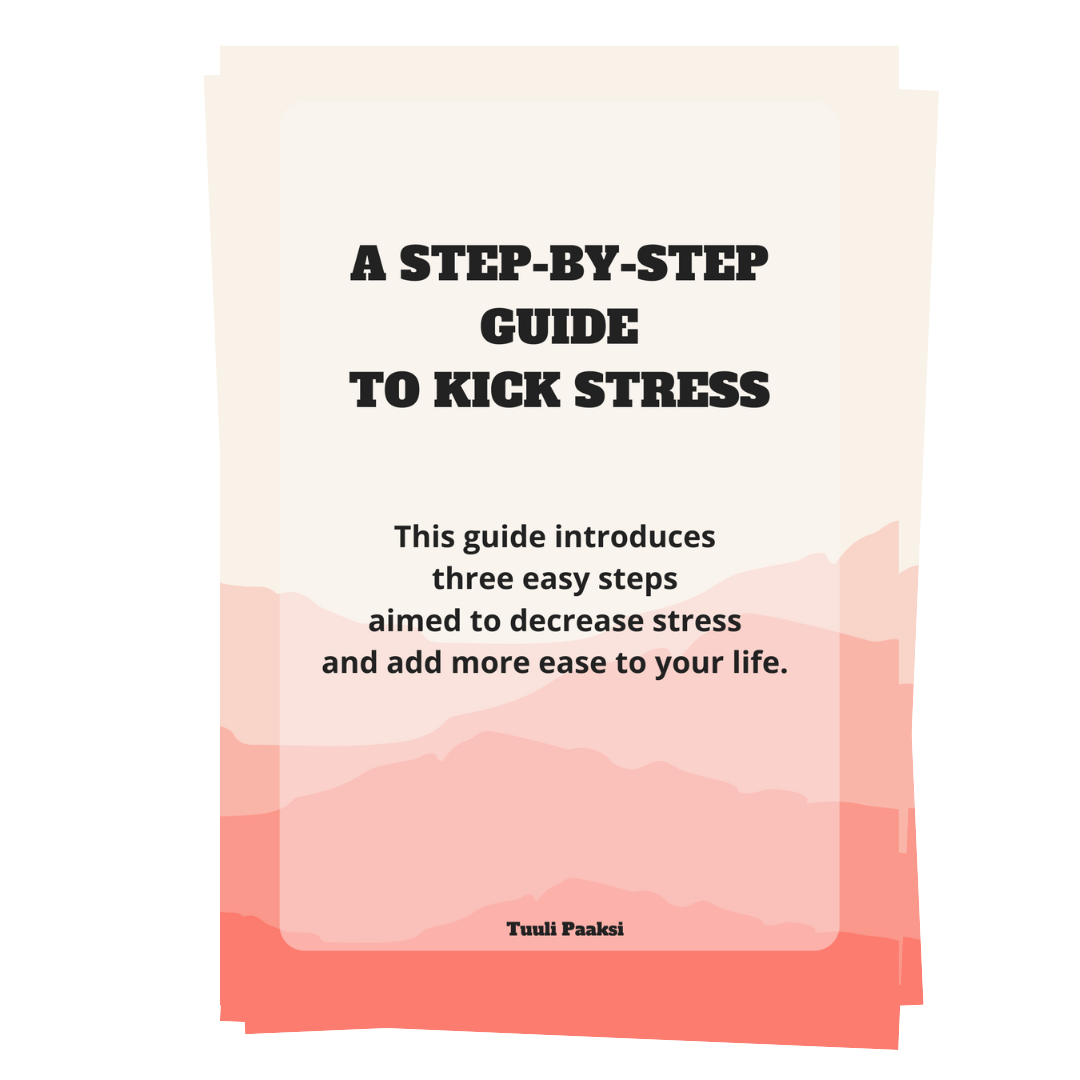When people talk about self-care, it is often about a specific and exclusive product or service. It can be body cream, silk bed linens, super useful food products, or even special Hygge (cozy in Danish) products. What is often missed is that people are so unique, and using the same products and services as everybody else may not benefit you at all. Here are some easy tips on how to practice self-care.
What is self-care?
According to WHO, self-care is “the ability of individuals, families, and communities to promote health, prevent disease, maintain health, and to cope with illness and disability with or without the support of a healthcare provider.” Self-care is a broad concept which also encompasses hygiene (general and personal), nutrition (type and quality of food eaten), lifestyle (sporting activities, leisure, etc.), environmental factors (living conditions, social habits, etc.), socioeconomic factors (income level, cultural beliefs, etc.), and self-medication.

So, when you want to become healthy or stay healthy, both physically and mentally, then all activities promoting that goal can be classified as self-care activities.
How to practice self-care in the right way:
Is practicing self-care all about performing? Checking off all these self-care activities you have on your list after you've done them at the right place, right time and right way? Is self-care something you force yourself to do to maintain your health?
Or should you practice self-care in a totally different way?
What if self-care is all about nurturing your body and soul? Something that uplifts, energizes, relaxes, and destresses you? And to achieve that, you cannot use any force.
How to know what kind of self-care activities to do
The answer is simple – test! You don't know how different activities influence you and your body until you've tested them.
- Make a list of at least 10 activities you think could either uplift, energize, relax, or destress you. It is your idea list.
- Block/book time for your self-care activities. I suggest you find time each day – at least 15-30 minutes.
- Test one idea. Did it uplift, energize, relax, or destress you? Did you like doing it? If so, add it to your list of self-care activities.
- Choose another activity from your idea list and test that one.
- While the list of your self-care activities grows, you can add additional activities to your idea list.
What happens if some activities on your self-care list don't uplift, energize, relax, or destress you anymore? You just remove it from your list. This list should live. It grows when you add new activities and shortens when you delete or cross off some of them.
As I mentioned before, you are unique. Things that work for others may not similarly work for you. And... things that worked you before may not work for you anymore. So be flexible and test a lot.
How to set up your self-care routine
Setting up a self-care routine is not about strict following and force. The idea of doing self-care is to support your health, reduce stress, and heal you when you are burnt out.
Therefore, finding time for self-care activities every day is beneficial. Block a time slot in your calendar for self-care. What works best for you – in the morning, during the daytime, or in the evening?
You can pre-determine what kind of self-care activity you do and add this information to your calendar.
You can also create a special self-care jar for yourself. For this, you need small cards where you can write different self-care activities. Every day, choose an activity randomly from your self-care jar.
If you don't have any self-care ideas, check the following list and see if some of them resonate with you.

Sign up now!
and get instant access to your
Free Guide!
